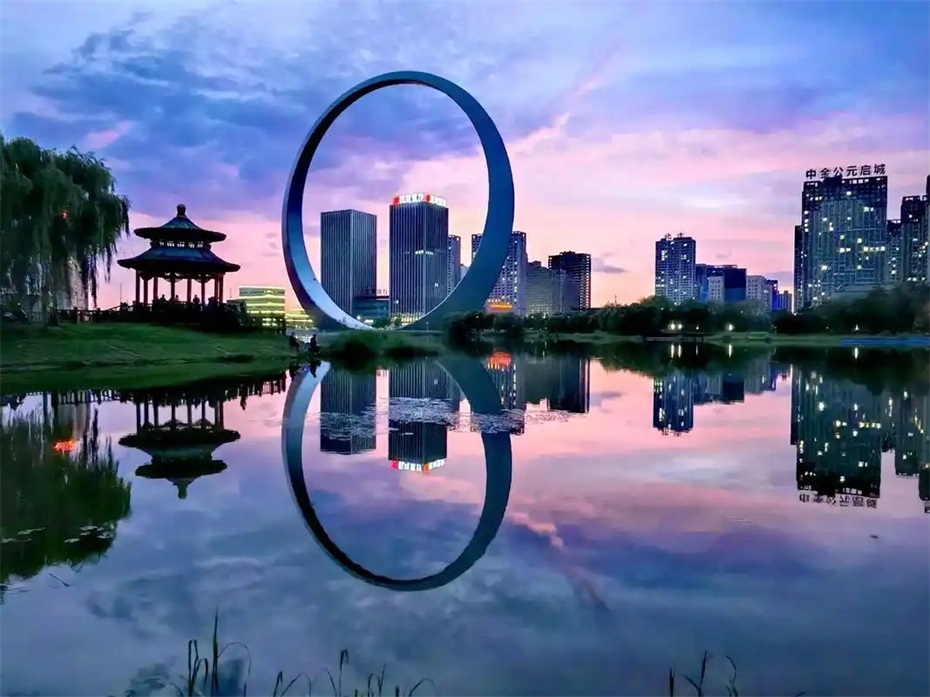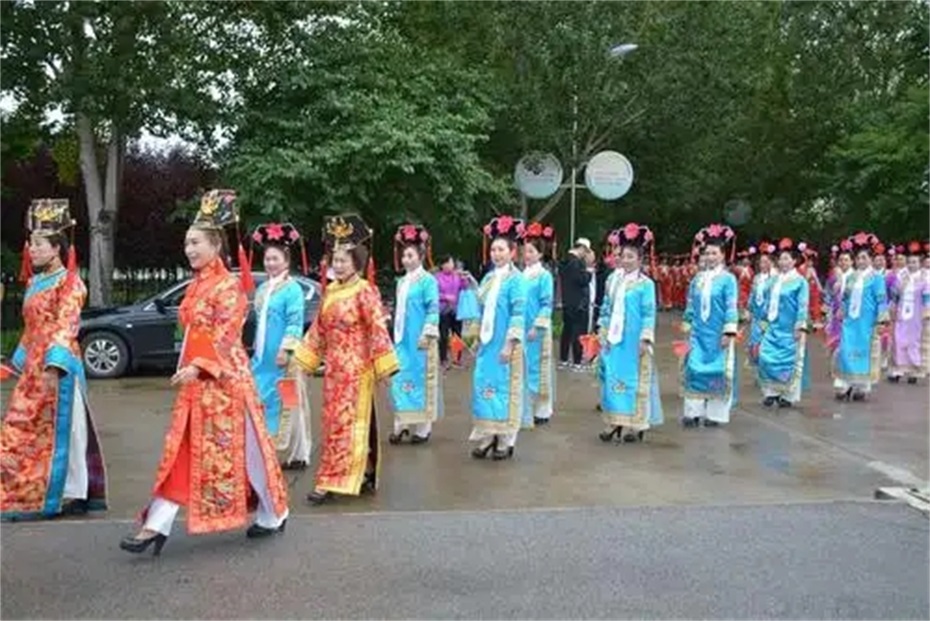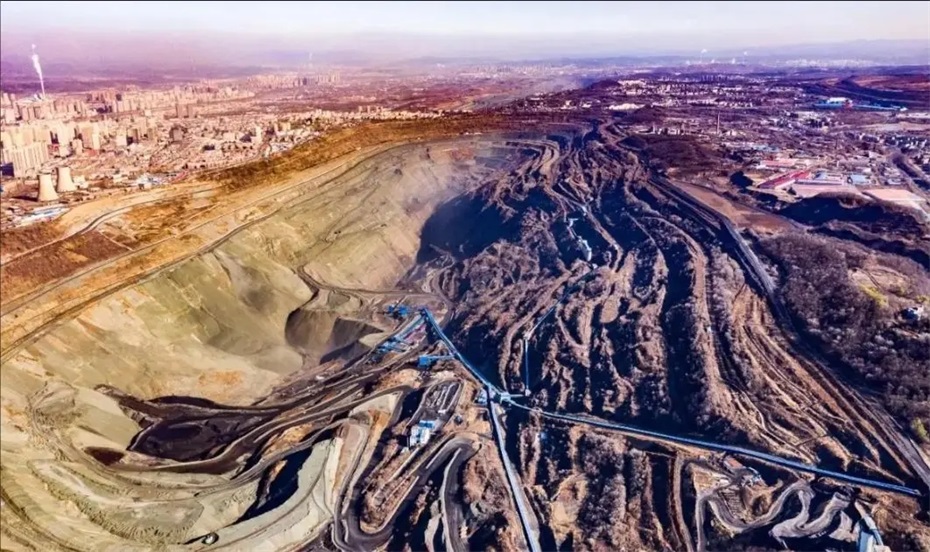Fushun City
Overview of Fushun City

Fushun City is located in the eastern part of Liaoning Province and is an important industrial city and sub center city of the Shenyang metropolitan area. The total area of the city is 11200 square kilometers, with 4 districts (Xinfu District, Wanghua District, Dongzhou District, Shuncheng District), 3 counties (Fushun County, Xinbin Manchu Autonomous County, Qingyuan Manchu Autonomous County), and a permanent population of 1.782 million people (2022 data). In 2022, the total regional GDP of the city reached 92.75 billion yuan.
Fushun is an important national energy and raw material industrial base and the birthplace of Manchu culture, known as the "Coal Capital" and "Lei Feng City". It is one of the earliest industrial bases established in New China and an important energy and raw material production base in Northeast China.
2¡¢ Geographical features
1. Location advantage
Located at 41 ¡ã 14 ¡ä -42 ¡ã 28 ¡ä N latitude and 123 ¡ã 55 ¡ä -125 ¡ã 28 ¡ä E longitude
It borders Jilin Province to the east, Benxi City to the south, Shenyang City to the west, and Tieling City to the north
45 kilometers away from Shenyang, a 40 minute drive
An important node city in the Shenyang metropolitan area
2. Terrain and landforms
Mainly mountainous and hilly, the terrain is high in the east and low in the west
Mountains account for 72% of the total area, while plains account for 28%
Highest Peak: Longgang Mountain (1347 meters above sea level)
Main rivers: Hun River, Suzi River
3. Climate characteristics
Temperate monsoon climate
Annual average temperature 7.8 ¡æ
Annual precipitation of 700-850 millimeters
Four distinct seasons and abundant rainfall
3¡¢ Historical evolution
1. Organizational history
Han Dynasty: Xuantu Commandery
Ming Dynasty: Jianzhou Guard
1901: Fushun Coal Mining
1937: Fushun City was established
1948: Construction of key industrial cities after liberation
2. Major historical events
17th century: The place where Nurhaci, the founder of the Qing Dynasty, rose up in rebellion
Early 20th century: Asia's largest open-pit coal mining
Contemporary: The first batch of pilot projects for the transformation of resource depleted cities in China
4¡¢ Cultural characteristics
1. Cultural traits
Industrial Culture: China's Coal Capital
Manchu culture: the birthplace of the Qing Dynasty
Lei Feng Spirit: Lei Feng's Second Hometown
Ecological Culture: Liaodong Green Barrier
2. Intangible Cultural Heritage

Fushun Yangge (National Intangible Cultural Heritage)
Qingyuan Manchu Folk Stories (National Intangible Cultural Heritage)
Coal carving technique (provincial intangible cultural heritage)
5¡¢ Tourist destinations
1. Industrial sites

Fushun Coal Mine Museum
Former Site of Fushun War Criminals Management Institute
Longfeng Mine vertical shaft
2. Natural scenery
Hetu'ala City
Red River Valley Drifting
Sankuaishi National Forest Park
Monkey Stone National Forest Park
3. Cultural attractions
Lei Feng Memorial
Yongling Mausoleum of the Qing Dynasty
Fushun Royal Ocean Park
Sarhu Scenic Area
6¡¢ Featured cuisine
1. Traditional delicacies

Fushun Sausage
Manchu Eight Dishes and Eight Bowls
New Binlin Frog Oil
2. Featured snacks
Bean noodle roll
Su Zi Ye Bao
Sour soup
Sticky fire spoon
3. Specialty drinks
Fushun Amber
Coal Essence Carving
Qingyuan Gentiana
New Guest Ginseng
7¡¢ Economic development
1. Leading industries
Energy industry: coal, shale oil
Petrochemical industry: refining, chemical industry
Equipment Manufacturing: Mining Machinery
Cultural and tourism industry: Manchu culture, industrial tourism
2. Transportation system
Railway: Shenji Railway, Shenfu Intercity Railway
Highways: Shenji Expressway, National Highway 202
Aviation: 60 kilometers away from Shenyang Taoxian Airport
8¡¢ City Business Card
1. Honorary titles
China excellent tourism city
National Forest City
National Civilization City
The happiest city in China
2. Urban Spirit
Hard work and selfless dedication
Coal capital Fushun, hometown of Manchu people
From the "coal capital" to the "ecological new city", Fushun is steadily advancing on the path of high-quality development, guided by transformation and cultural inheritance.
simliy
